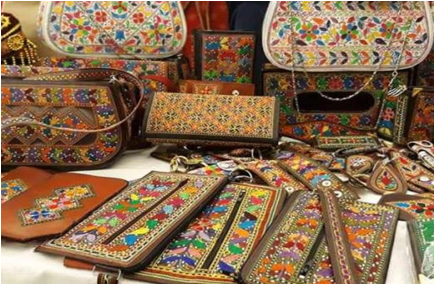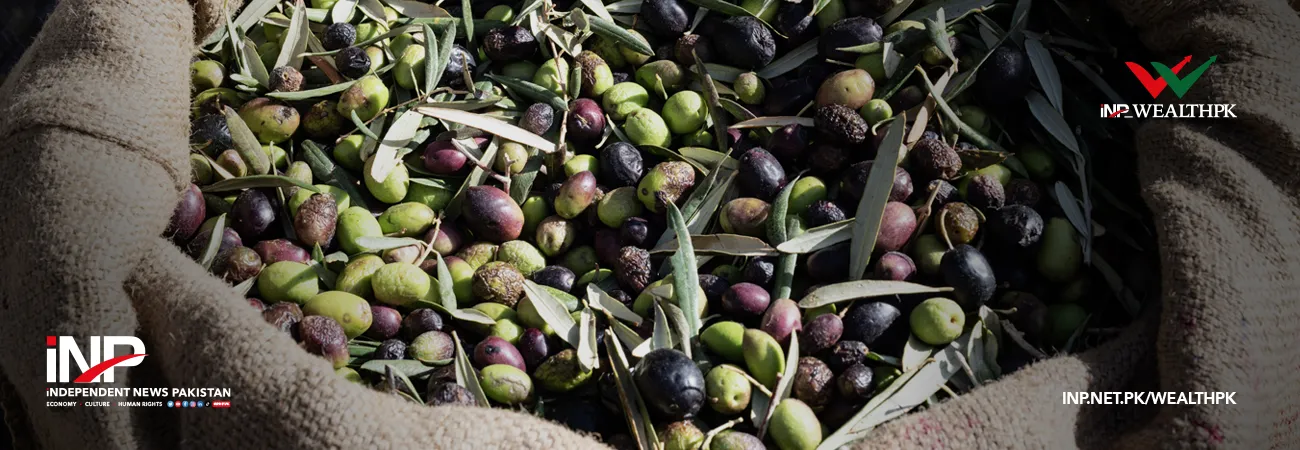INP-WealthPk
Ahmed Khan Malik
Balochistan’s handicrafts sector is grappling with several critical issues, hindering its development and threatening the livelihood of people associated with it, reports WealthPK.

From intricate embroidery to handcrafted pottery, rugs, jewelry, and leather goods, the province boasts a diverse array of handicrafts that reflect its vibrant history and indigenous artistry. However, despite its potential, the handicrafts sector remains underdeveloped, hampered by systemic neglect, lack of infrastructure, and limited market access. To unlock its full potential, the sector urgently needs targeted government support and investment, stakeholders told WealthPK.

They said the traditional crafts of the province were more than just economic assets — they are living expressions of the region’s identity. Passed down through generations, these skills represent the artistic soul of various tribes, including the Baloch, Brohi, and Pashtun communities. Yet, many artisans find it increasingly difficult to sustain their craft due to the rising costs, dwindling resources, and lack of demand.
“Young artisans are migrating to the urban centers for better livelihoods, leaving behind ancestral skills that risk disappearing altogether. Without intervention, this cultural erosion could lead to the loss of an invaluable part of Pakistan’s heritage,” Manzoor Rind, a Quetta-based artisan, said. About the challenges, he said most artisans operate informally and have little or no access to financial services, limiting their ability to invest in quality raw materials or expand production.
Inadequate transportation and lack of proper workshop facilities also restrict the sector’s growth, especially in remote areas. He pointed out that artisans often depend on middlemen who pocket the lion’s share of profit. There are few platforms for direct selling or access to the national and international markets. Besides, traditional methods remain unchanged due to the lack of exposure to modern techniques and design innovations. Training programs and capacity-building initiatives are scarce.
He told WealthPK that unique regional designs and patterns are often replicated without credit, depriving the local artisans of recognition and revenue. Talking to WealthPK, Wali Achakzai, a handicraft trader, called for formulating and implementing a comprehensive handicrafts development policy that focuses on artisan welfare, product development, and marketing and offering microloans, grants, and subsidies to the artisans to help them scale up production and improve quality.
He also proposed establishing artisan villages, training centers, and craft bazaars in major towns to facilitate easier access to resources and buyers and creating e-commerce platforms, organizing national and international exhibitions, and forging partnerships with the tourism boards to promote local crafts. He also suggested launching vocational training programs in collaboration with NGOs and educational institutions to encourage innovation and entrepreneurship.
Achakzai said reviving Balochistan’s handicraft sector was not only a matter of cultural preservation, but also held the key to sustainable economic development. With proper support, the sector can provide livelihood to thousands, particularly women and youth, in the rural areas. It can also contribute to the province’s GDP and improve its socio-economic indicators. He said the time had come for the government to recognize the untapped potential of Balochistan’s handicrafts sector.
Credit: INP-WealthPk













